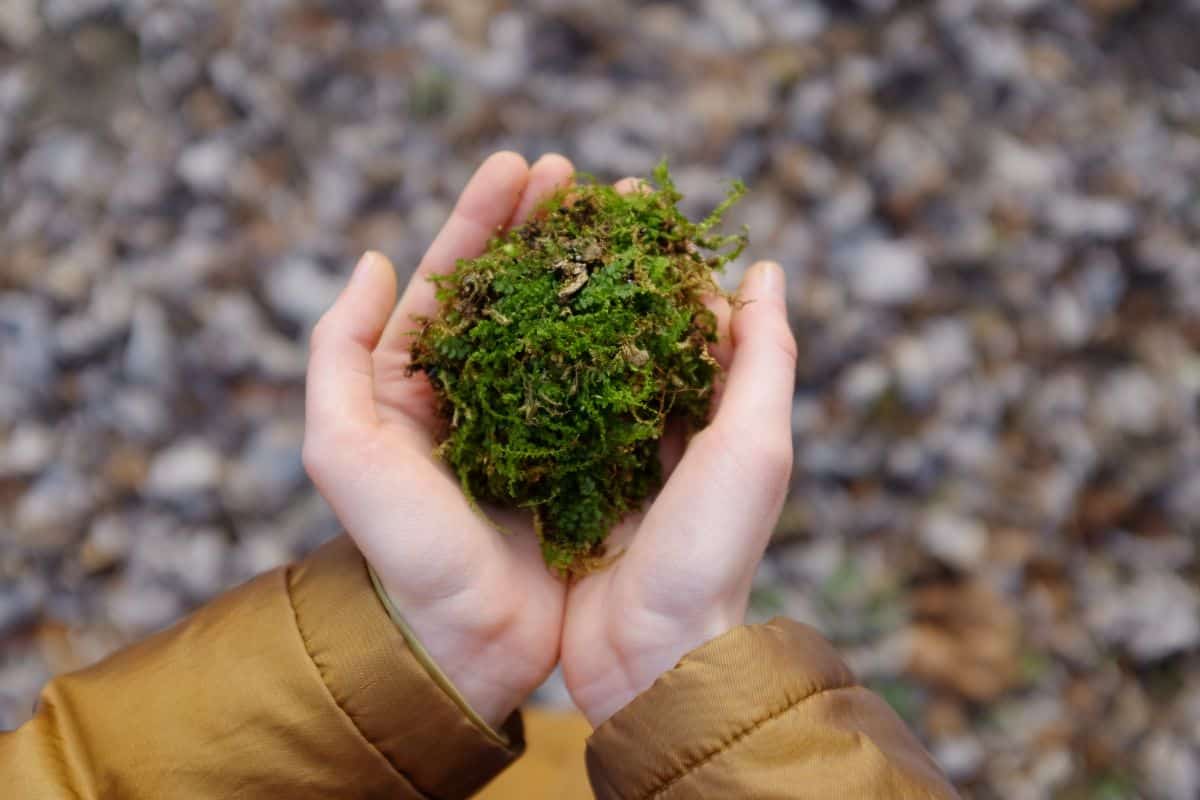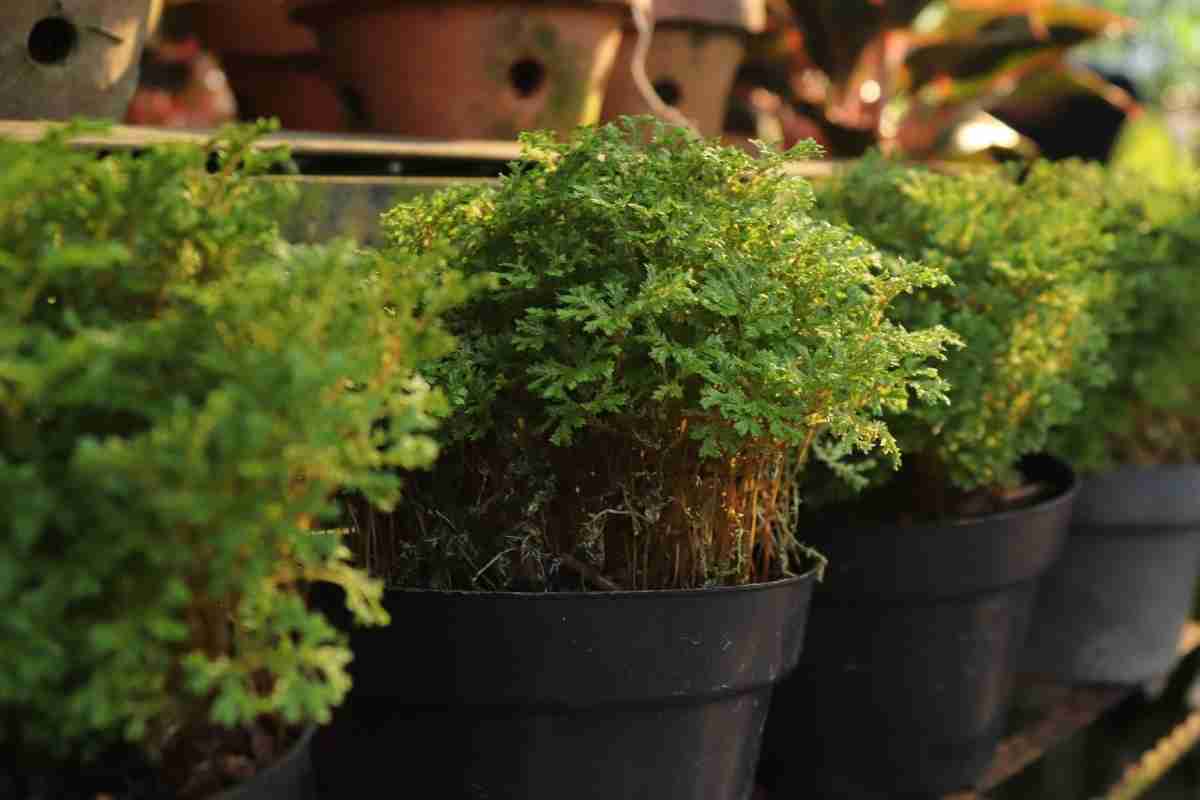
Is Moss Good For Plants? (Indoor & Outdoor Plants)
Read more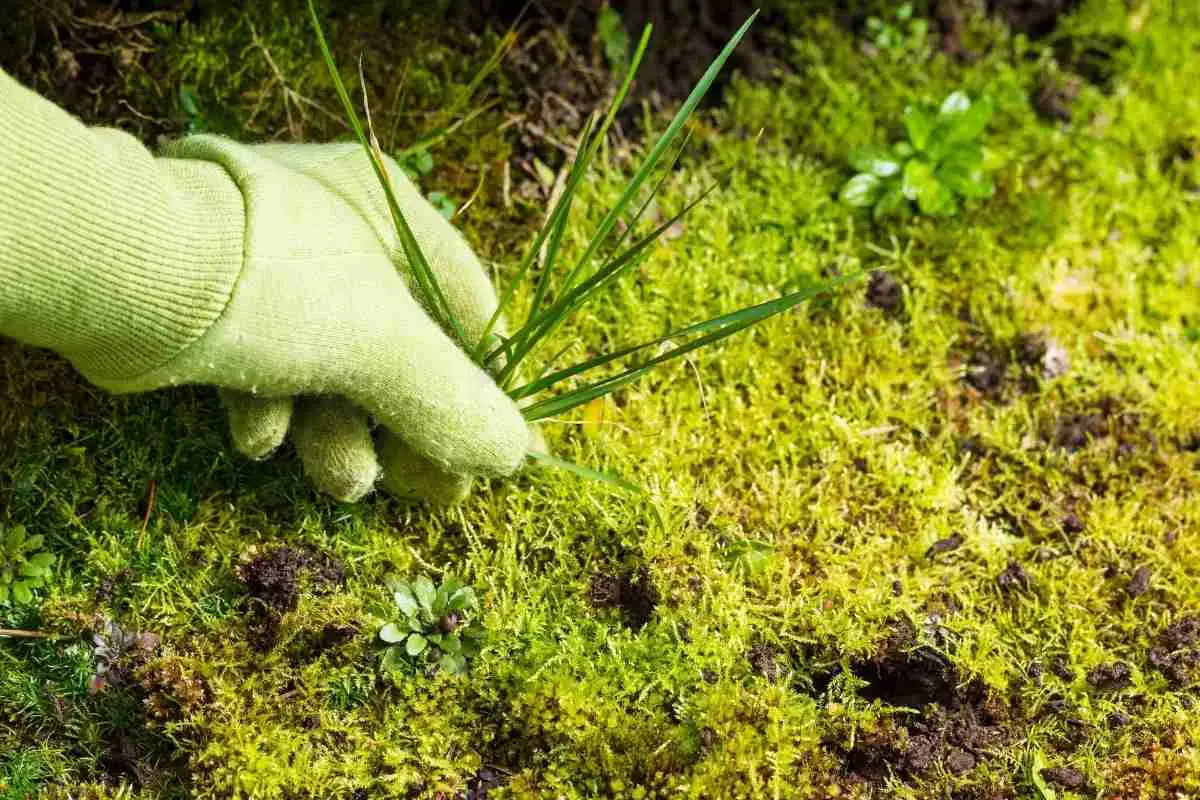
8 Simple Tips For Keeping Moss Alive!
Read more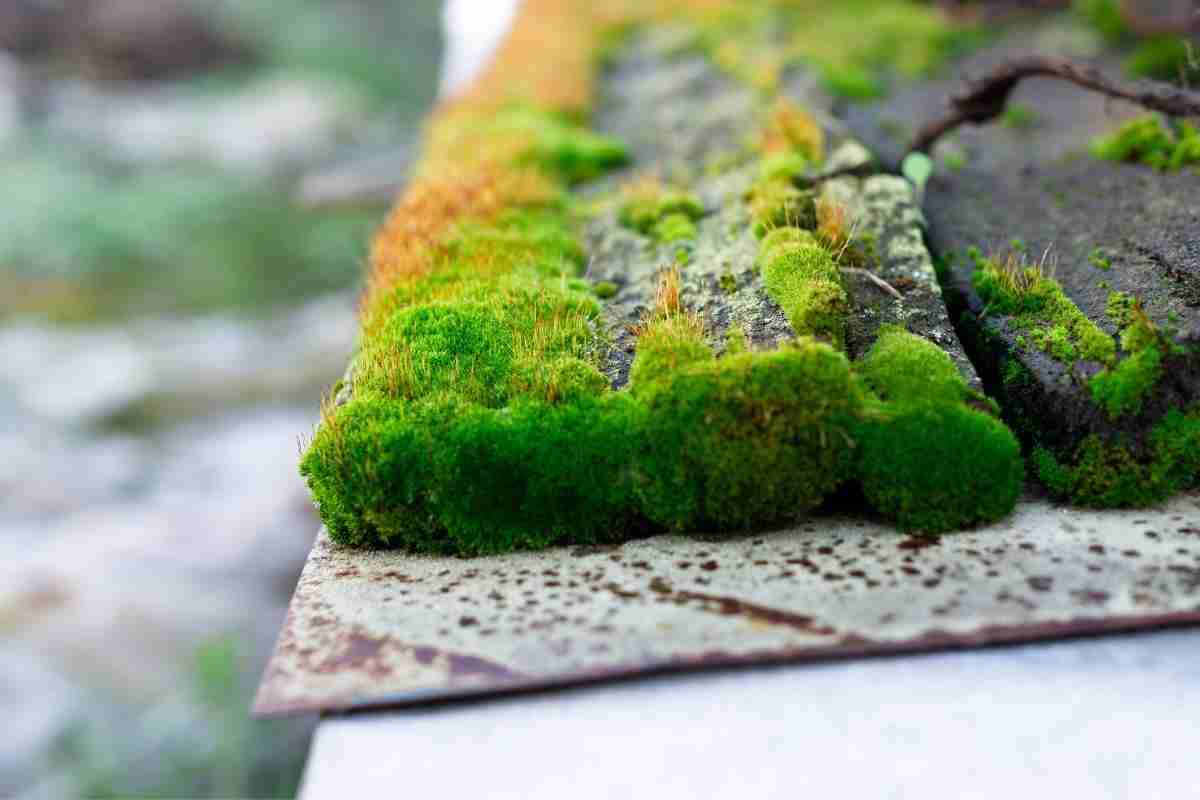
How To Grow Moss On Wood? In 6 Easy Steps!
Read more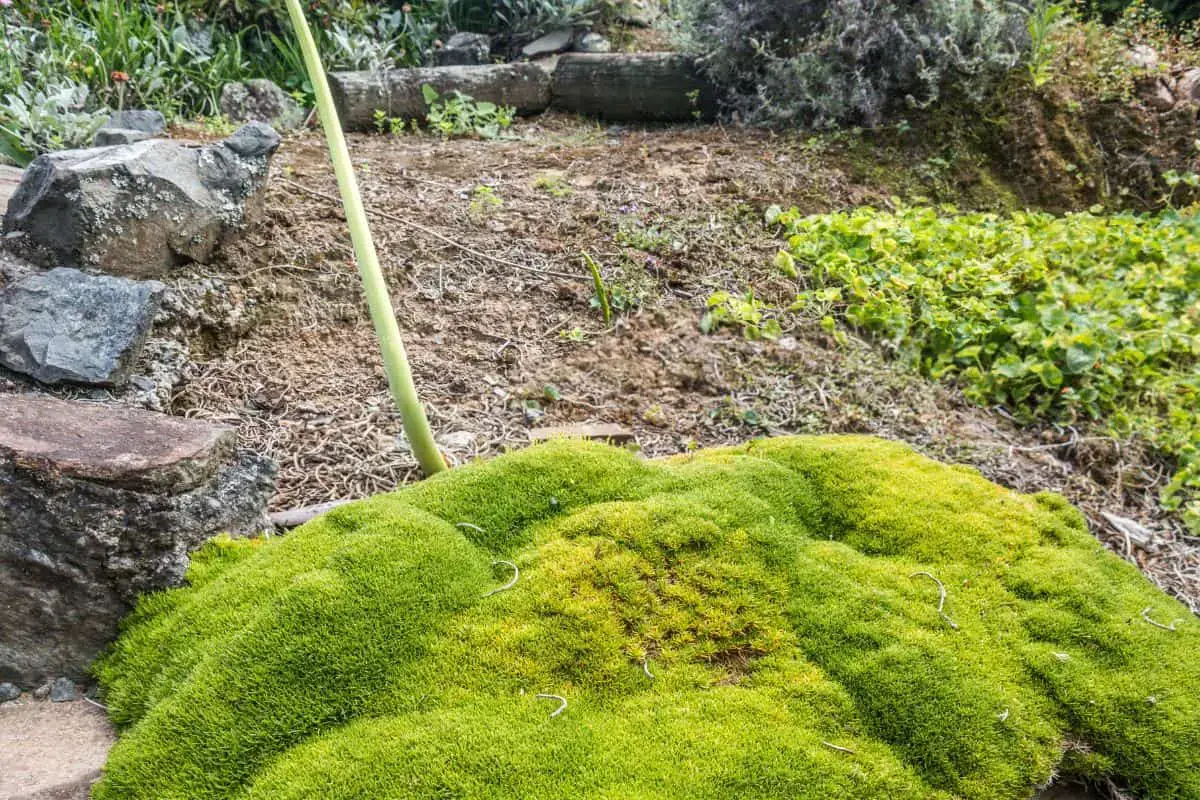
5 Steps To Make A Stunning Irish Moss Lawn
Read more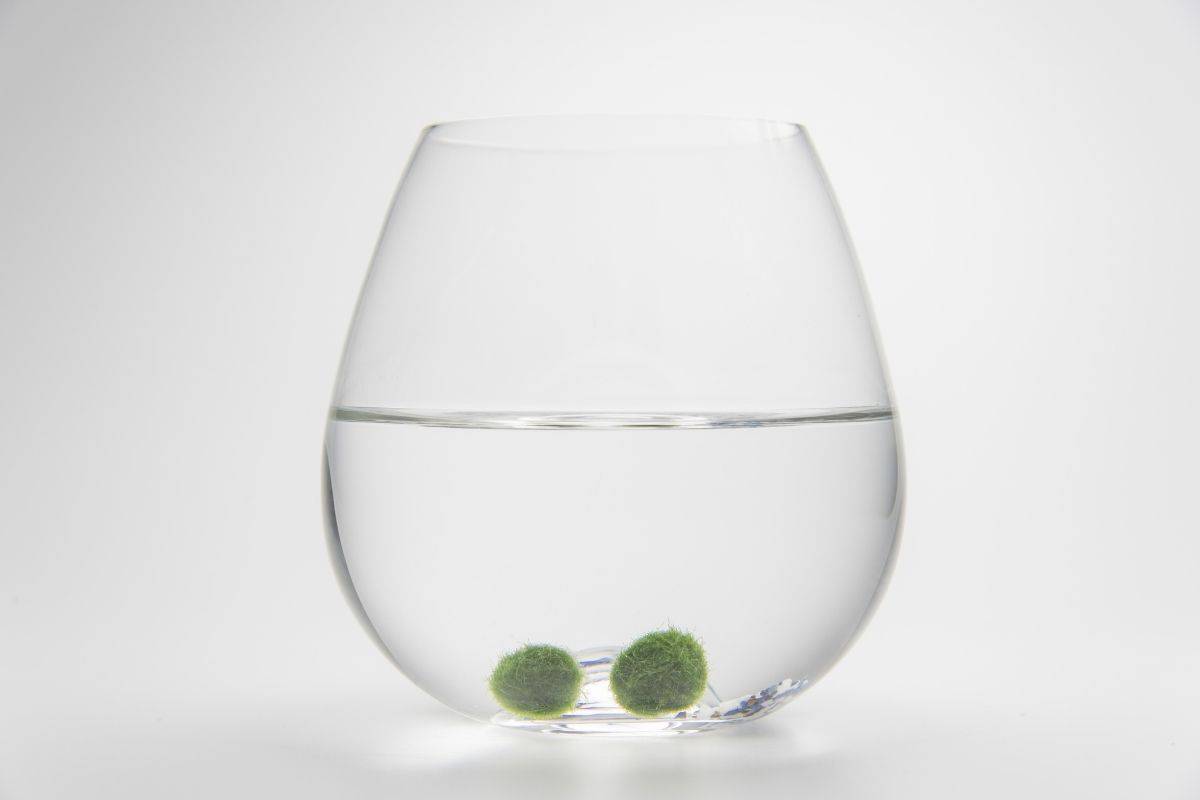
Do Moss Balls Need Light? The Ultimate Question!
Read more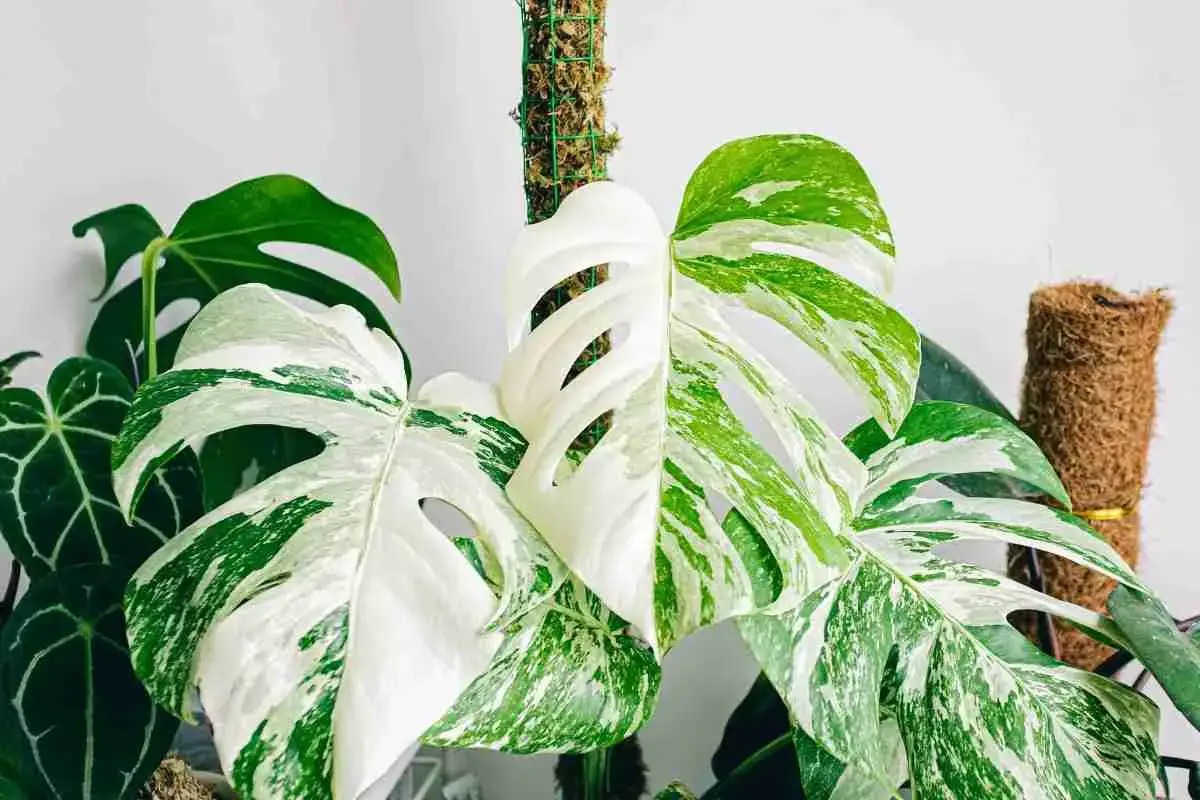
8 Unique And Creative Moss Pole Alternatives
Read more
How To Grow Moss On Concrete Statues?
Read more
How To Preserve Moss? In 5 Steps!
Read more
Does Moss Need Sunlight?
Read more
7 Easy Methods For Getting Rid Of Moss On A Patio
Read more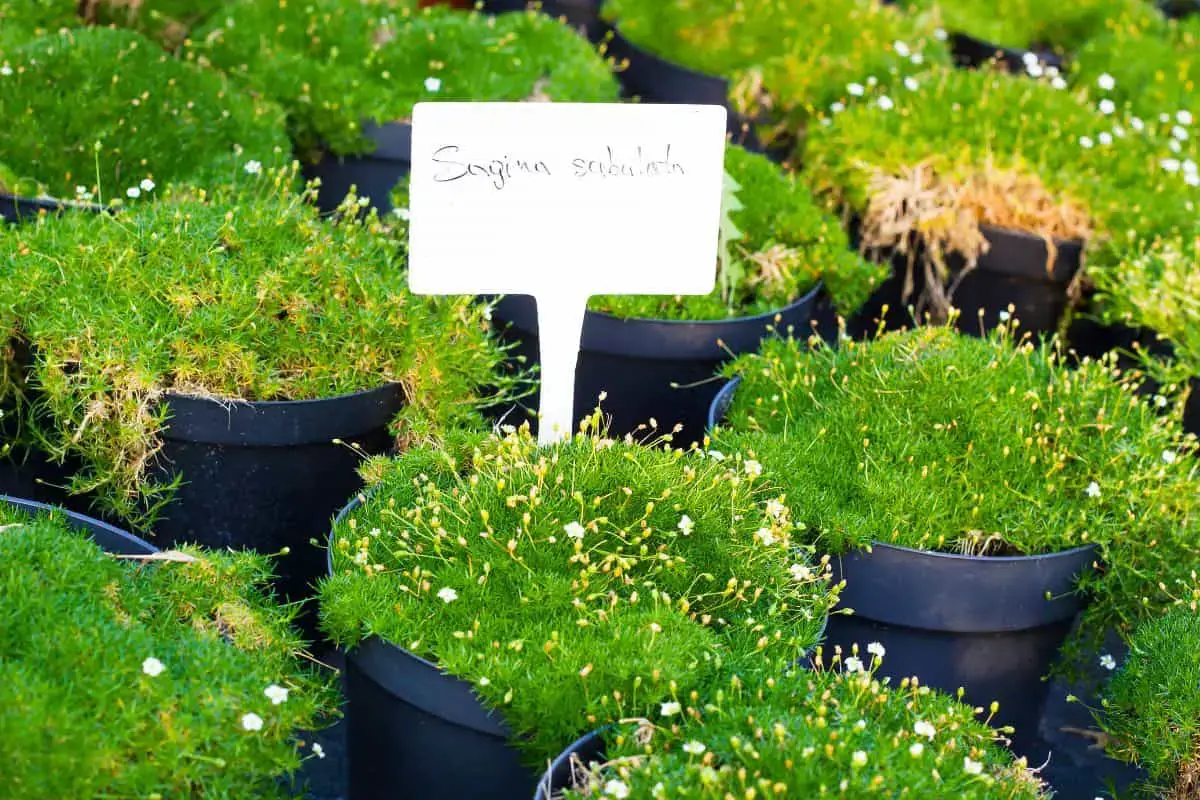
How To Grow Irish Moss Between Pavers?
Read more